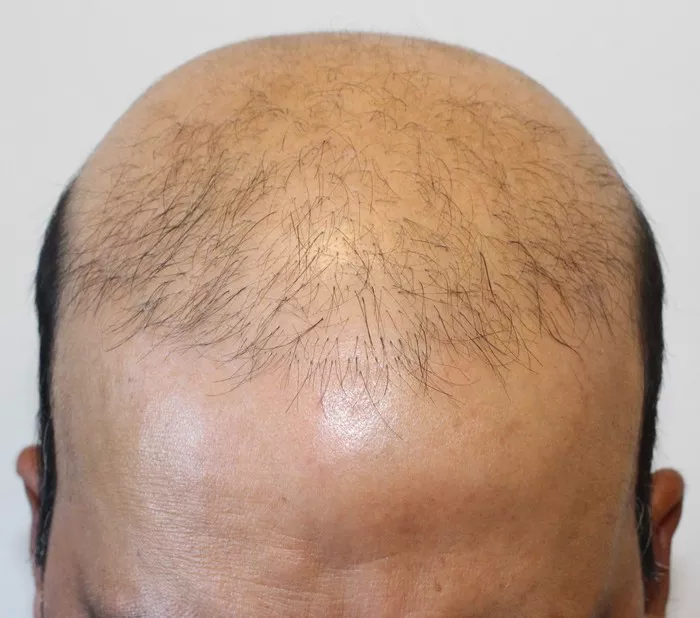Undergoing a hair transplant is an important decision that can have a significant impact on an individual’s appearance and confidence. After the procedure, it is natural to wonder about the recovery process and how long it takes to see the final results. In this article, we will explore the timeline and factors involved in recovering from a hair transplant, providing insights to help individuals navigate the healing process and understand what to expect post-surgery.
The Initial Recovery Phase
After a hair transplant procedure, the initial recovery phase begins. During this phase, the body undergoes a healing process to allow the transplanted hair follicles to establish themselves and integrate into the scalp. It is important to note that the recovery timeline can vary among individuals, and the following information provides a general overview.
1. Immediate Postoperative Period
In the immediate postoperative period, patients may experience some temporary side effects and discomfort. These may include swelling, redness, and mild soreness in the donor and recipient areas. It is normal to have scabbing or crusts forming around the transplanted grafts. The surgeon will provide specific instructions on how to care for the scalp during this period, including gentle cleansing techniques and avoiding activities that could dislodge the grafts.
2. First Week to Ten Days
During the first week to ten days after a hair transplant, most of the scabbing and crusts on the scalp will begin to resolve. It is important to follow the postoperative care instructions provided by the surgeon to ensure proper healing. Some individuals may experience mild itching during this phase, which can be managed by following the recommended care routine and avoiding scratching the scalp.
3. Shedding of Transplanted Hair
Around two to three weeks after the procedure, the transplanted hair may go through a shedding phase. This shedding is a normal part of the hair growth cycle and should not cause concern. The shedding occurs as the transplanted hair follicles enter a resting phase before starting to regrow. It is important to note that this shedding is temporary, and new hair growth will gradually emerge in the coming months.
The Recovery Timeline and Final Results
The complete recovery and final results of a hair transplant procedure take time. It is crucial to understand the timeline and factors that influence the pace of recovery and the achievement of the desired outcome.
1. The First Three Months
During the first three months following a hair transplant, the transplanted hair follicles remain in a dormant phase. While the initial shedding of transplanted hair may occur during this period, patients should not be discouraged. The hair follicles are establishing themselves in the scalp, and the growth process will begin in due course.
2. Three to Six Months
Between three and six months after the procedure, the transplanted hair follicles start to enter an active growth phase. New hair growth begins, and patients may start to notice the emergence of small, fine hairs in the recipient area. The hair will gradually thicken and become more visible over time.
3. Six Months to One Year
Between six months and one year, the hair growth becomes more noticeable, and the density and texture improve. The newly transplanted hair continues to grow and blend in with the existing hair, resulting in a more natural-looking appearance. However, it is important to note that the full and final results may take up to a year or more to become apparent.
Factors Affecting the Recovery Process
Several factors can influence the recovery process and the timeline for seeing the final results of a hair transplant. It is essential to be aware of these factors and to follow the postoperative care instructions provided by the surgeon.
1. Individual Healing Capacity
Each individual’s healing capacity varies, and this can affect the rate of recovery. Factors such as age, overall health, and genetic predispositions can influence the healing process. It is important to prioritize good overall health, follow a balanced diet, and avoid smoking or excessive alcohol consumption, as these factors can impact the healing process.
2. Technique Used: FUT or FUE
The hair transplant technique used can also affect the recovery process. Follicular Unit Transplantation (FUT) involves the surgical removal of a strip of scalp, while Follicular Unit Extraction (FUE) involves the extraction of individual follicular units. The recovery timeline for FUT may be slightly longer due to the need for incisions and sutures. However, both techniques have comparable recovery periods overall.
3. Personal Compliance with Postoperative Care
Following the postoperative care instructions provided by the surgeon is crucial for a smooth recovery. Patients should avoid activities that may strain or traumatize the scalp, such as intense physical exercise, sun exposure, or excessive sweating. Proper scalp hygiene, including gentle cleansing and avoiding scratching or picking at scabs, is also essential for optimal healing.
Conclusion
Recovering from a hair transplant procedure is a gradual process that requires patience and adherence to postoperative care instructions. While individual experiences may vary, understanding the general timeline and factors involved can help individuals navigate the healing process more confidently. The full and final results of a hair transplant may take several months to a year or more to become apparent, and it is important to have realistic expectations and maintain good overall health during the recovery period.
Consulting with a qualified hair transplant surgeon is crucial for personalized guidance and support throughout the recovery process. The surgeon can provide specific recommendations based on individual needs and monitor progress to ensure a successful outcome. With time and proper care, individuals can enjoy the benefits of their hair transplant and achieve natural-looking results that enhance their appearance and self-confidence.
Related topics:
- Does hair transplant hurt: A Simple Guide
- The Efficacy of Hair Transplants: Does Hair Transplant Work?
- How long does a hair transplant take: A Full Guide


